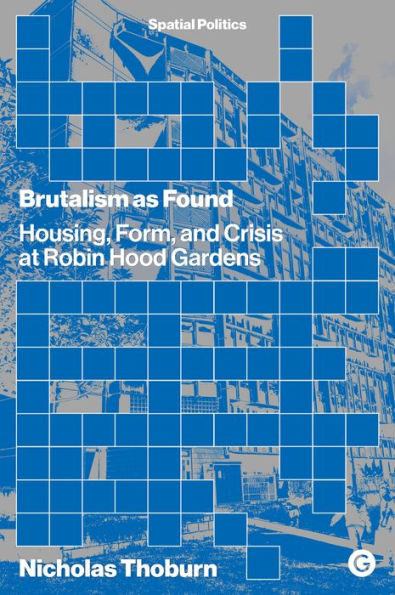5
1

Brutalism as Found: Housing, Form, and Crisis at Robin Hood Gardens
272
Brutalism as Found: Housing, Form, and Crisis at Robin Hood Gardens
272Related collections and offers
28.99
In Stock

Product Details
| ISBN-13: | 9781913380038 |
|---|---|
| Publisher: | MIT Press |
| Publication date: | 03/19/2024 |
| Series: | Spatial Politics |
| Sold by: | Penguin Random House Publisher Services |
| Format: | eBook |
| Pages: | 272 |
| File size: | 14 MB |
| Note: | This product may take a few minutes to download. |
About the Author
What People are Saying About This
From the B&N Reads Blog
